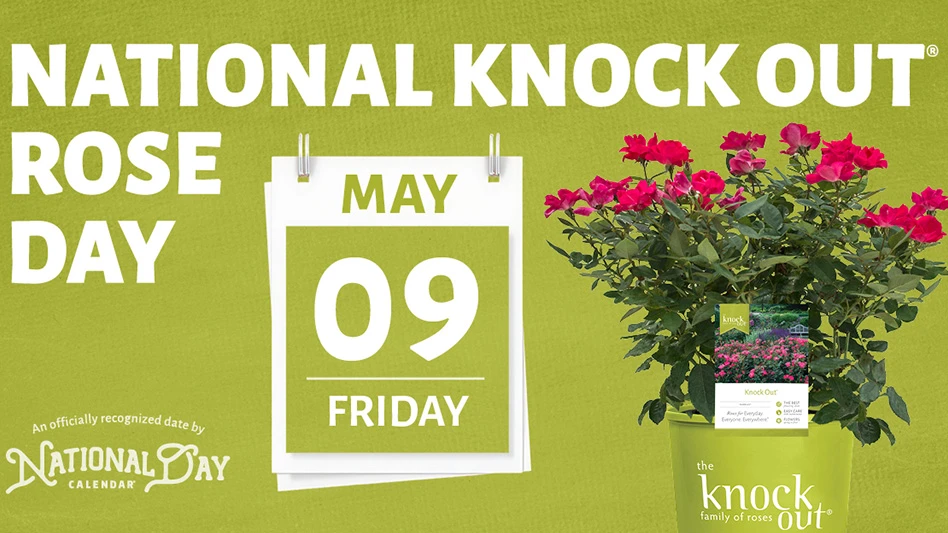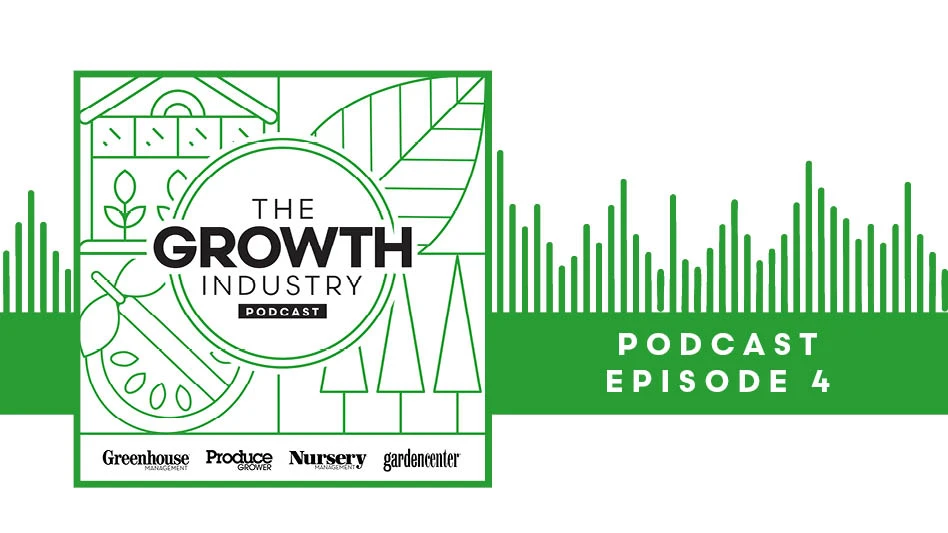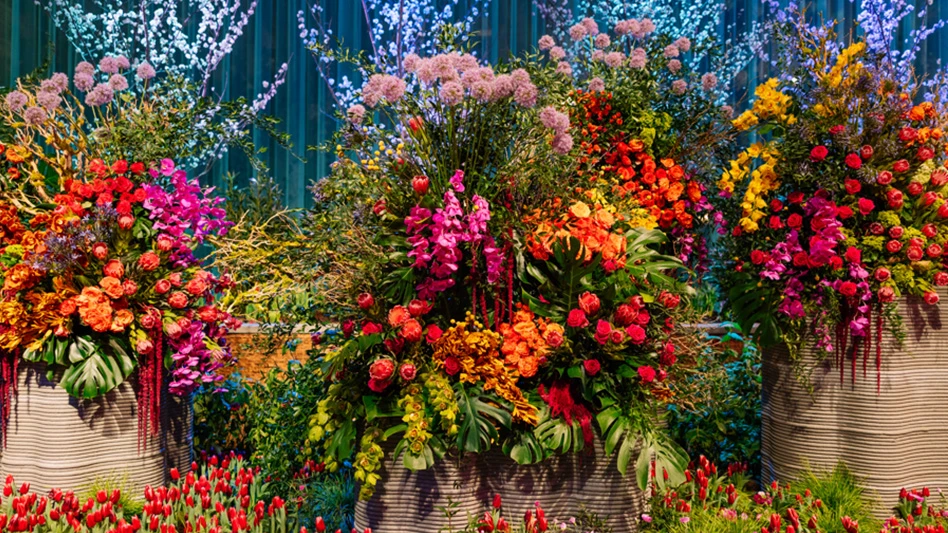
It seems many of our readers are maintaining the status quo since last year. Field-grown trees and container-grown shrubs tied at 21 percent for crops with the highest sales volume in 2016. Container-grown perennials ranked third with 15 percent. Last year, container-grown shrubs were in the top spot with field-grown trees in a close second, followed by container-grown perennials.
When it comes to the most profitable plants, there was little change from last year. In 2016, readers ranked field-grown trees as their most profitable plant (23 percent), followed by container-grown shrubs (19 percent) and container-grown perennials (14 percent).
Almost a quarter of respondents said in 2017 they plan to produce fewer field-grown perennials (24 percent), field-grown shrubs (18 percent) and field-grown trees (17 percent). Last year the rankings were field-grown trees (16 percent), field-grown shrubs (15 percent) and tropicals (15 percent).
While edibles are still on the radar of many growers, not as many of our respondents this year plan to grow more of the trendy crop. In our survey, readers said they plan to increase production in 2017 of propagation material (56 percent), container-grown shrubs (53 percent) and edibles (48 percent). Last year, 60 percent of readers planned to grow more edibles, 58 percent said they’d increase propagation material, and 54 percent planned to grow more container-grown shrubs.
There are still some shortages in the market, and readers anticipate seeing fewer field-grown trees in the market (36 percent), followed by container-grown trees (35 percent) and propagation material (35 percent).

Many of the breeding companies and nurseries doing selection work have introduced more “shorter term” (12-18 months) items that have high consumer appeal. Hydrangeas such as H. macrophylla ‘LA Dreamin’ and H. paniculata ‘Sweet Summer,’ and roses like Drift fit this category. — Jeff Gibson, landscape business manager, Ball Horticultural Company

Liners of large canopy shade trees are very short in the marketplace this year. We’re sold out of many species of which we grow fairly large numbers. While not a surplus, we still have good numbers of some of our newer introductions. Now is a good time to branch out and try some new, improved cultivars rather than planting the same old varieties and commodity items. — Nancy Buley, J. Frank Schmidt & Son, Boring, Ore.


Explore the November 2016 Issue
Check out more from this issue and find your next story to read.
Latest from Nursery Management
- How to create a sustainable plant nursery
- Grant awarded to test western U.S. wood species for use as wood fiber potting substrate
- Pennsylvania Horticultural Society announces 2025 Gold Medal Plant winners
- GIE Media Horticulture Group wins five regional 2025 Azbee Awards of Excellence
- Get to know Pat Reilly with NewGen Boxwood and the American Boxwood Society
- Terra Nova Nurseries introduces rust-free and disease-resistant heucherella
- John T. Nickel, founder of Greenleaf Nursery Co., passes away at 89
- Three tours offered at 2025 Farwest Show





